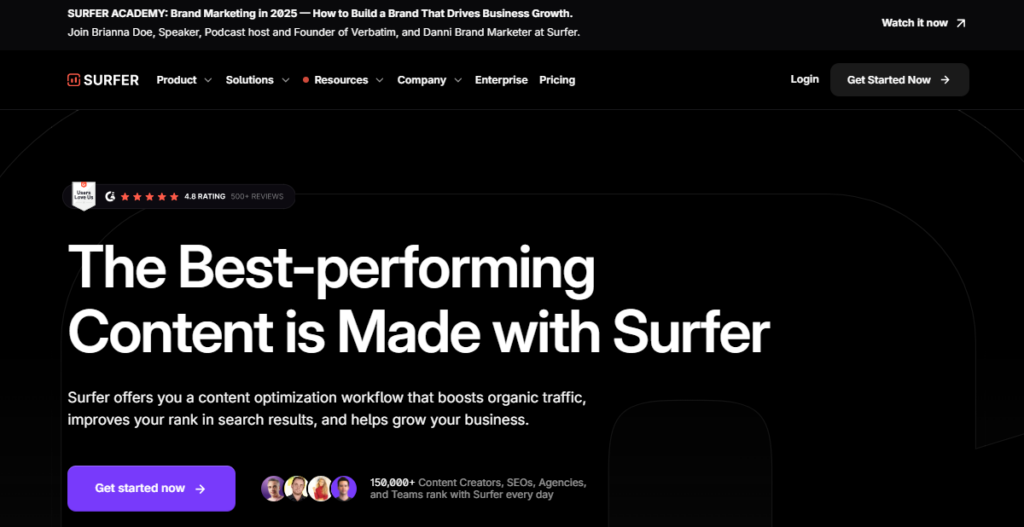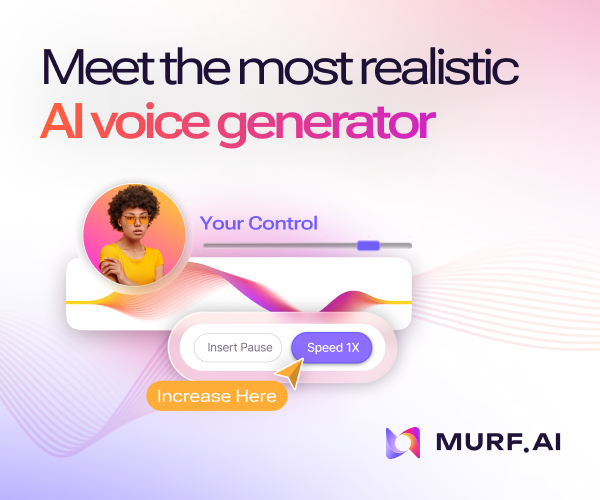The rise of AI in e-commerce has sparked a critical question: Can AI fully automate a dropshipping business? While AI tools can handle up to 80% of routine tasks, human creativity and oversight remain vital for strategic decision-making. Let’s explore how AI is reshaping dropshipping and where human input still matters.

How AI Transforms Dropshipping Operations
Product Sourcing & Selection
AI eliminates the guesswork in finding winning products by analyzing trends, competitor data, and customer behavior. Tools like Minea track competitors’ ads and best-selling products, while Jasper AI generates SEO-friendly product descriptions.
Case Study: Anker’s Success
Consumer electronics brand Anker used AI-driven demand forecasting to reduce inventory costs by 20% and increase sales by 30% within a year. By analyzing purchasing patterns, they optimized product offerings and personalized marketing campaigns.
Inventory Management & Logistics
AI tools like Inventory Source sync stock levels across suppliers and automate order routing, reducing delays and stockouts. Similarly, AutoDS streamlines product imports to Shopify stores.
Key Stat:
Businesses using AI for inventory management see a 15–25% reduction in holding costs due to accurate demand predictions1.
AI-Powered Customer Support
Chatbots like Tidio resolve queries in 5.4 minutes (down from 38 hours) and cut customer service costs by 30%. These tools integrate with Instagram, Facebook Messenger, and email, providing 24/7 assistance.
AI Chatbots for Business: How to Automate Customer Service and Sales
Example:
“Hi! Need help tracking your order? Share your order number, and I’ll update you in seconds.”
Personalization & Marketing
AI analyzes browsing history and demographics to deliver hyper-targeted recommendations.
Key Findings:
- 63% of consumers say AI-driven product suggestions influence their purchases4.
- Personalized campaigns boost repeat purchases by 35%.
Tools like SurferSEO optimize content with NLP keywords, while RiteTag generates trending hashtags for social media posts.

The Human Touch: Where You Still Matter
Strategic Creativity
AI lacks the nuance to craft brand stories or emotional campaigns. For example, a human might spot a niche market for eco-friendly pet products, while AI focuses on existing trends.
Quality Control
AI can misjudge context. A chatbot might recommend winter coats to a customer in a tropical region—human oversight ensures relevance.
Building Relationships
While AI handles routine interactions, humans excel at resolving complex complaints or negotiating bulk orders.
Top 5 AI Tools for Dropshipping in 2025
| Tool | Use Case | Key Benefit |
|---|---|---|
| Minea | Competitor & product research | Identifies trending products via ad analytics |
| AutoDS | Product imports & automation | Syncs suppliers with Shopify in seconds |
| Tidio | Customer service chatbots | Reduces response time by 90% |
| SurferSEO | Content optimization | Generates SEO-friendly blogs with NLP keywords |
| Inventory Source | Inventory management | Prevents stockouts with real-time updates |
The Verdict: AI + Human Collaboration Wins
AI can automate product research, inventory tracking, SEO, and customer service, but humans drive innovation and brand identity. The most successful stores blend AI efficiency with human creativity.
Final Stats to Consider:
- Stores using AI see 40% faster growth than manual operations2.
- 78% of customers prefer brands that combine AI speed with human empathy4.
Ready to Automate Your Dropshipping Business?
Start by integrating one AI tool at a time. Test Minea for product research or Tidio for customer support, then scale your strategy. Have questions? Share them below—let’s build a smarter e-commerce future together!








